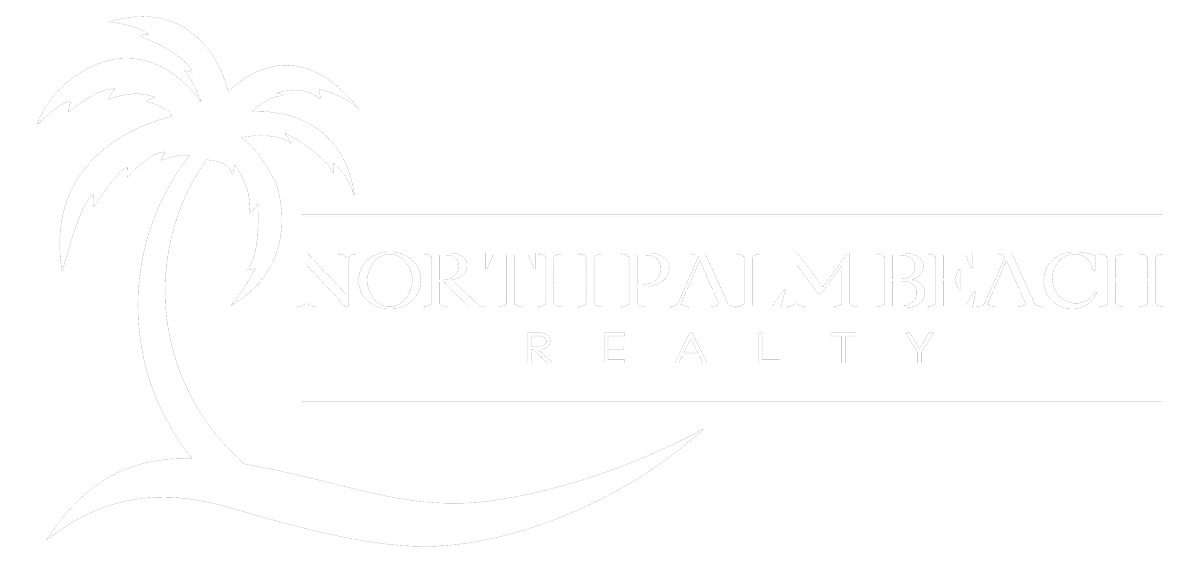How does one break the cycle of living paycheck-to-paycheck? With easy credit and low interest rates we have become accustomed to living on credit, buying on impulse. Some credit is beneficial such as financing our education with student loans and our homes with mortgages since both are investments in our future. We finance our cars with auto loans and use credit cards for assorted purchases and vacations. Not infrequently, we even borrow to make payments on our existing loans! It becomes a sort of vicious cycle when the debts mount up and we don’t really know how to regain control of our finances. If this sounds familiar it may be that you or someone you know has difficulty in paying bills.
Depending on how overextended you are you might need to really buckle down. The first step is to stop incurring new credit! Go over your optional expenses and see which can be reduced or eliminated. Saving a few dollars here and there will really add up. Refuse new credit cards and cancel most of the ones you currently hold. If you must keep one or two for emergencies, follow this advice heard on a radio show: fill up a plastic bag with water, put the credit cards in the bag and place it in the freezer. This will cut down on impulse purchases! Remember that paying just the minimum payment on high interest revolving accounts means they won’t be paid off for 25-30 years. You will throw away thousands of dollars in interest payments along the way.
Create a budget. The first step in breaking the paycheck-to-paycheck cycle is to create a budget that outlines your income and expenses. This will help you to see exactly where your money is going and identify areas where you can cut back. Look for ways to reduce your expenses, such as by canceling subscriptions or cutting back on non-essential purchases. Consider taking public transportation where available rather than your car to save on gas. Use grocery store coupons and watch for sales.
Pay off your debts. If you have high levels of debt, it can be difficult to break the paycheck-to-paycheck cycle. Focus on paying off your debts as quickly as possible, starting with the ones with the highest interest rates. Consider consolidating your debts into a single loan or working with a credit counselor to create a debt repayment plan.
Build an emergency fund. Having an emergency fund can help to protect you from financial setbacks and prevent you from falling back into the paycheck-to-paycheck cycle. Aim to save at least three to six months’ worth of expenses in a liquid, easily accessible account. This will give you a financial cushion to fall back on in case of an unexpected expense or loss of income.
Increase your income. Another way to break the paycheck-to-paycheck cycle is to increase your income. This could involve asking for a raise at work, taking on additional part-time or freelance work, or starting a side business. Look for opportunities to earn more money and put that extra cash towards paying off debts or building your emergency fund.
Improve your credit. Having bad credit can make it difficult to get approved for loans or credit cards, which can make it harder to break out of the paycheck-to-paycheck cycle. Focus on improving your credit by paying your bills on time, reducing your debt, and using credit responsibly. As your credit score improves, you may be able to access better interest rates and terms on loans and credit cards, which can help to improve your financial situation.
If you have been living paycheck-to-paycheck, it can be challenging to break out of that cycle and improve your financial situation. However, with some careful planning and discipline, it is possible to get back on track and build a better future for yourself. By creating a budget, paying off your debts, building an emergency fund, increasing your income, and improving your credit, you can get out of the cycle and build a more secure financial future for yourself.
Energy Efficiency
Energy efficiency in the home refers to the use of strategies and technologies that reduce energy consumption and lower energy bills. There are a variety of ways that homeowners can make their homes more energy efficient, including:
Insulating and sealing: One of the most effective ways to improve the energy efficiency of your home is to properly insulate and seal it. This involves adding insulation to walls, floors, and attics, as well as sealing any air leaks around doors, windows, and other openings. Proper insulation and sealing can help to keep your home cool most of the year and hold in the heat during the few cold days of winter.
Upgrading to energy-efficient appliances: Another way to improve the energy efficiency of your home is to upgrade to energy-efficient appliances. These appliances use less energy to operate and can save homeowners significant amounts of money on energy bills.
Using energy-efficient lighting: Replacing incandescent bulbs with LED bulbs is an easy and cost-effective way to improve the energy efficiency of your home. LED bulbs use up to 75% less energy than incandescent bulbs and can last up to 25 times longer.
Upgrading to a high-efficiency HVAC system can significantly improve the energy efficiency of your home. These systems use less energy to cool your home, which can save you money on energy bills.
Overall, there are many ways that homeowners can improve the energy efficiency of their homes and save money on energy bills. By implementing energy-efficient strategies and technologies, homeowners can reduce their carbon footprint and make their homes more environmentally friendly.
